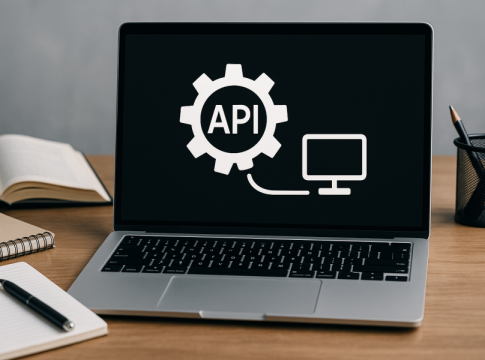The Evolution of AI in Tech: From Passive Processing to Proactive Agents
Artificial Intelligence (AI) is no longer just a tool for passive information processing; it has transformed into a dynamic force within technology companies, with applications that can initiate and execute tasks autonomously. A recent survey by Georgian and NewtonX highlights this shift, revealing that a remarkable 91% of technical executives in growth or enterprise firms are currently employing or plan to deploy agentic AI in their operations.
A New Era of API-Calling Agents
One key advancement driving this evolution is the rise of API-calling agents. These innovative systems leverage Large Language Models (LLMs) to interface with software applications through their Application Programming Interfaces (APIs). This means they can convert natural language commands into precise API commands, allowing for real-time data retrieval, workflow automation, and much more.
Practical Applications Across Sectors
API-calling agents are already making waves across various industries:
-
Consumer Applications: Smart assistants, like Apple’s Siri and Amazon’s Alexa, now simplify daily tasks—whether it’s controlling smart home devices or making dinner reservations.
-
Enterprise Workflows: Companies are increasingly automating repetitive operations, such as pulling data from customer relationship management (CRM) systems and generating reports.
- Data Retrieval and Analysis: Organizations use these agents to navigate complex datasets, pulling insights from both proprietary and public sources with ease.
Building Effective API-Calling Agents
The process of creating these agents is a blend of engineering and strategic thinking. It begins with understanding the core tasks involved:
- Intent Recognition: Determining what the user wants to achieve, even if their request is vague.
- Tool Selection: Identifying the right API endpoint to fulfill that intent.
- Parameter Extraction: Finding necessary details from users’ queries to make accurate API calls.
- Execution and Response Generation: Making the API call, processing the response, and communicating back to the user.
Facing the Challenges
The nuances of natural language introduce complexities, such as maintaining context throughout the interaction. For instance, consider the query, “What’s the weather like today?”—the agent must understand if the user refers to their current location or another, alongside generating the correct API call.
Engineering Principles for Success
To tackle these challenges effectively, a structured architectural approach is essential. Here’s how organizations can enhance their API-calling agents:
-
Define Tools Clearly: For an LLM to effectively use an API, detailed descriptions of each API function must be provided, including input parameters and expected outputs.
-
Leverage Model Context Protocol (MCP): This framework standardizes how LLMs connect with external tools, simplifying integrations and enhancing reusability across various agents.
- Choose the Right Implementation Framework: Options like Pydantic for data modeling and specialized frameworks such as LastMile’s mcp_agent can streamline the building process.
Reliability and Performance Engineering
Ensuring that these agents function reliably involves diligent dataset creation and prompt optimization. Organizations can either manually curate datasets or use synthetic data generation, each with its own pros and cons. Moreover, optimizing the prompts used to guide the LLM is crucial for improving agent performance.
A Recommended Approach
Engineering teams aiming to develop robust API-calling agents should follow a systematic workflow:
- Start with Clear API Definitions: Use structured OpenAPI specifications for clarity.
- Standardize Tool Access: Convert these API specs into MCP configurations, enhancing adaptability.
- Create a Quality Evaluation Dataset: Develop a dataset that reflects realistic user queries.
- Optimize Prompts and Logic: Utilize frameworks to refine internal logic and improve accuracy.
Conclusion: A Future Fueled by Intelligent Agents
The trajectory of AI in technology indicates an exciting future where API-calling agents become integral to how businesses operate. By leveraging cutting-edge technologies and structured engineering practices, organizations not only enhance their efficiency but also redefine the interaction between human intent and digital capabilities. As this trend continues, the implications could stretch far beyond organizational metrics, influencing the daily lives of users across various sectors.

Writes about personal finance, side hustles, gadgets, and tech innovation.
Bio: Priya specializes in making complex financial and tech topics easy to digest, with experience in fintech and consumer reviews.

